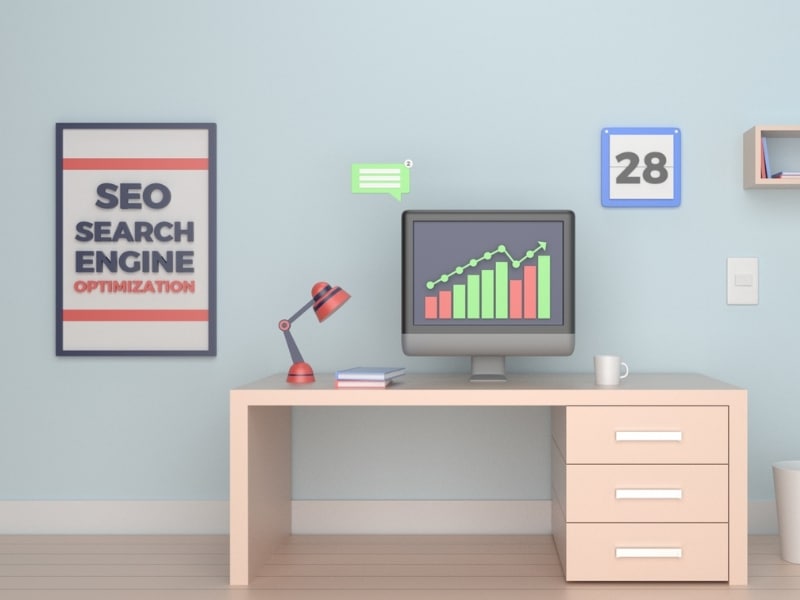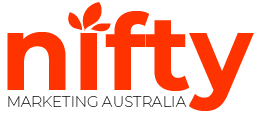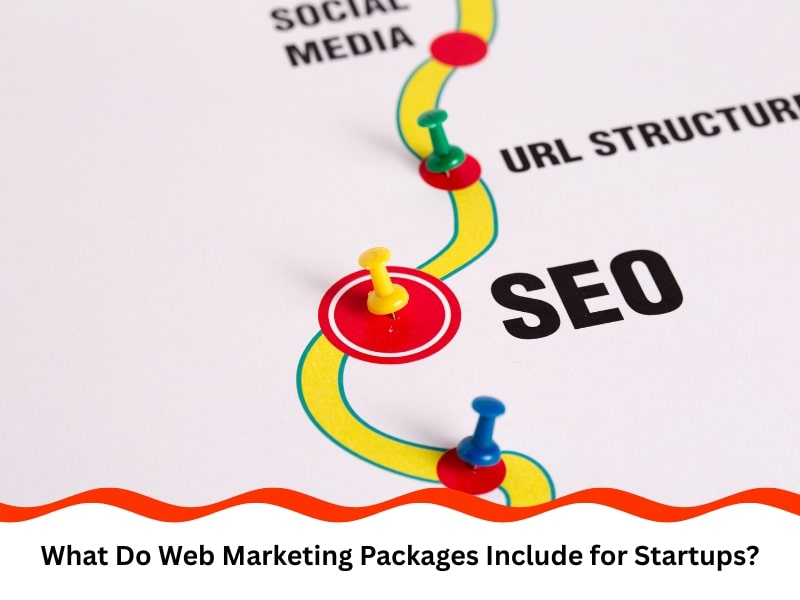Many startups enter the digital world thinking that a website and some social media posts will suffice. But standing out takes more than surface-level tactics. Effective web marketing packages offer layered strategies tailored to your growth stage, encompassing SEO, paid ads, content creation, and user experience. Understanding what’s included—and why it matters—helps you avoid short-sighted spending and sets you up for scalable results. This article explains the typical components of web marketing packages, how they align with your goals, and what to prioritise as a startup.
Why do startups often misjudge the value of web marketing packages?
Startups can miss the forest for the trees. Tight budgets and a desire for quick wins lead to unrealistic expectations. Many see web marketing as an expense rather than an asset, making it easy to overlook the full scope of what these packages include.
- Hidden elements: Strategy sessions, reporting dashboards, and ongoing optimisation are often bundled in, but undervalued. They add depth that improves decision-making and performance.
- Early hype trap: Startups often expect immediate results and overlook the importance of long-term traction. Without understanding marketing’s compounding effect, it’s easy to grow impatient.
- Price confusion: A seemingly cheap plan may lack essential elements, such as technical SEO or content guidance, which are crucial for long-term sustainability. Upfront savings can backfire as gaps surface later.
- Misalignment risk: If packages aren’t tied to real KPIs, you end up with activity rather than outcomes. Business owners often confuse busy reports with meaningful growth.
Don’t fall into the trap of underestimating value—not all inclusions are created equal.
How can you tell if a package meets your business goals?

Choosing the right package means aligning features with measurable goals. Whether you’re chasing leads, signups, or revenue, it’s all about traction, not ticking boxes.
- Business-match check: Packages should reflect your stage—launch, scale, or pivot. A mismatch can either overwhelm or underdeliver.
- KPI audit: Ensure metrics tracked match your goals (e.g. cost per lead, bounce rate, customer lifetime value). Your team should know what success looks like on paper.
- Strategic lens: Packages require flexibility to adjust based on performance, rather than a static list of services. Adaptability is crucial in volatile early stages.
- Contract clarity: Transparency on what’s included, the frequency of reviews, and who is accountable helps prevent nasty surprises. Avoid vague clauses that offer “as needed” work with no benchmarks.
You’ll know a package fits when it strikes a balance between flexibility and clear deliverables. Explore scalable options through strategic web marketing packages that grow with your business.
What role does SEO play in modern web marketing packages?
SEO remains the cornerstone of organic visibility. For startups, it builds foundations for long-term digital traction—even if the payoff isn’t immediate.
- On-page essentials: Optimised metadata, keyword mapping, image alt text, and fast load times help with crawlability. It’s how Google knows your site exists.
- Off-page strategy: Local listings, backlinks, and reviews build credibility and drive search engine trust. Reputation shapes visibility more than ever.
- Technical touchpoints, including XML sitemaps, schema markup, and mobile responsiveness, improve both user experience and ranking. These invisible parts hold your foundation steady.
- Content interplay: SEO-led content isn’t about fluff—it matches intent, educates, and pulls traffic without ad spend. Every article should solve a problem or provide a clear step-by-step guide.
Packages without SEO aren’t sustainable. They create a heavy reliance on paid channels and miss out on the long-term benefits of organic growth. SEO packages are essential for local marketing strategies, offering a more resilient and cost-effective way to build visibility and trust within your community.
Can bundled services effectively support paid search campaigns?
Bundled marketing often includes Google Ads or Bing campaigns, but integration is what makes them effective. Paid channels only deliver results if they are aligned with the broader strategy.
- Budget focus: Bundled services help you avoid overbidding and wasting spend on weak terms. Every dollar counts—especially in the startup phase.
- Message match: When SEO and ads share tone and keywords, conversions rise. Cohesive messaging reassures users and strengthens trust.
- Funnel insight: You get data showing what paid users do next—bounce, browse, or buy. This insight bridges the gap between ad clicks and actual performance.
- Ongoing tests, including A/B variants, retargeting, and search term reviews, should be part of any paid plan. Regular testing helps prevent ad fatigue and budget blowouts.
Done right, bundled strategies work together—not in silos. That’s where simplifying growth through modern marketing bundles helps reinforce both paid and organic efforts.
How do content strategies and web design factor into these packages?
Content and design turn traffic into customers. You can attract visitors from all over the world, but if your layout is confusing or your message lacks impact, they’ll leave.
- Strategy plan: Editorial calendars, audience insights, and tone guidelines give your content a clear sense of purpose. Planning avoids aimless output.
- Content mix: Blog articles, email sequences, and landing pages designed around goals, not guesswork. Smart content builds paths, not just traffic.
- Design framework: Consistent branding, responsive layout, and intuitive navigation ensure a seamless user experience. Trust translates to time-on-site and conversions.
- Conversion intent: CTAs, lead magnets, and visual hierarchy guide actions and reduce friction. If design doesn’t show users what to do, they won’t act.
Here’s how content and design deliver measurable impact:
| Element | What It Does | Startup Value |
| Persona Development | Target content to real needs | Improves engagement and leads |
| Conversion Pathways | Maps journey from entry to the goal | Increases conversion rates |
| Responsive Templates | Ensures all devices work seamlessly | Boosts accessibility and SEO |
| Content Pillars | Organises topics into clusters | Builds authority and keyword traction |
To see how web marketing uses these assets well, you can explore packages that focus on on-page SEO techniques for increased organic traffic through government-backed business resources.
Which web marketing packages work best for early-stage growth?
Early growth means finding a rhythm. Packages for this stage should include essential functions, without overwhelming your budget or team.
- Lean launch option: SEO setup, landing page design, and monthly blogs give you a foot in the door. Early visibility lets you test and refine.
- Growth-ready model: Add Google Ads, email automation, and analytics reviews for more intelligent scaling. These tools enable you to transition from MVP to traction.
- Insights loop: Fortnightly reviews keep campaigns on track and allow agile response to data. Quick adjustments beat waiting for monthly trends.
- Flexible framework: Modular services allow you to start small but easily plug in extra power as needed. You can add CRO or video once the foundations are stable.
Best packages make room for change and support focus, not scattergun tactics. You’ll do well to avoid those that lock you into generic bundles with no wiggle room.
Final thoughts
Web marketing is more than a checklist—it’s your long game. The right package should amplify your goals, reflect your startup phase, and build trust from your audience and search engines alike. If you’re unsure where to begin, explore how Nifty Marketing Australia builds results-driven strategies tailored to startup realities. Pick wisely. Your marketing should work harder than you do.


